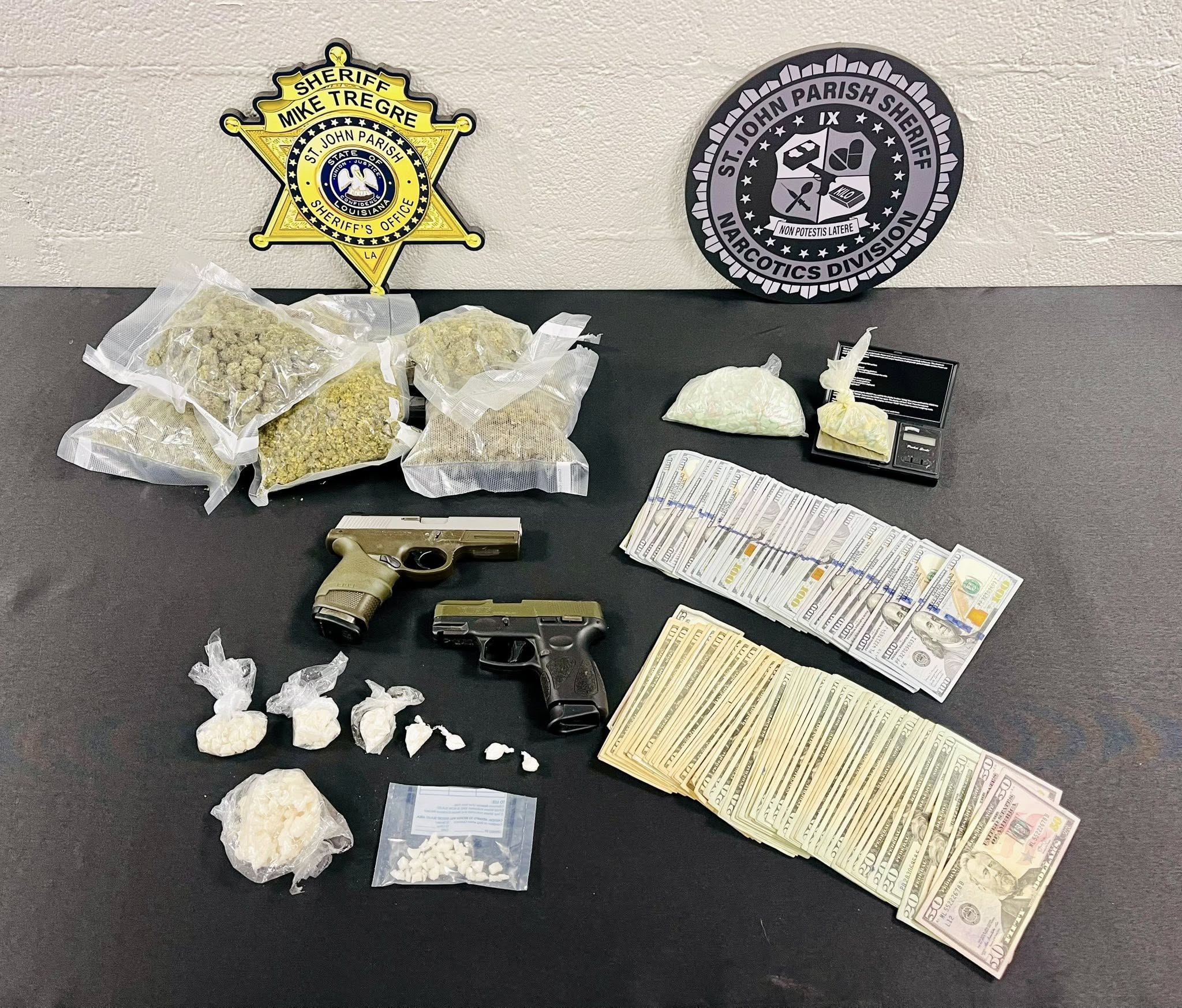Woman shares story of her childhood spent as a victim of human tafficking
Published 6:55 am Monday, January 16, 2023
|
Getting your Trinity Audio player ready...
|
By Crystal Stevenson
At the age of 4 — when most young girls are playing with their dolls and dreamingly creating sidewalk chalk masterpieces around them — Pai was learning just how ugly the world can be. “That was the first time I saw the horror of the world around me,” she said. “I learned that day what life and death were as I begged to die.” Pai (a pseudonym) was a victim of human trafficking.
As the country recognizes National Slavery and Human Trafficking Prevention Month, Pai — now a survivor leader with SWLA Abolitionists — is sharing her experience with the American Press in order to pass along words of encouragement to anyone who may be experiencing what she did. She wants victims to know they are not alone.
“There were many days that I felt as if I was going to drown, and I had no way to pull myself up,” she said. Pai said her exploitation began in a trailer park, “right under my family’s nose.”
“I ended up crossing the entire world to another country multiple times over the following years,” she said. “It started when I was a child, and ended after the Southwest Louisiana club I was trafficked through was shut down in a raid.”
Pai was 19 when she was freed.
“To be honest, I’m still not ready to talk about it,” she said. “However, because I want to grow and thrive, I’ve learned that to grow I can either run from it or I can learn from it. Learning from it means I get to help other people learn and grow on their journey, too.”
Now 33 and a mother herself, Pai said she’s realized she is more resilient than she thought capable.
“I remind myself that I am a rock among the seas of chaos, and only I can stabilize and save me,” she said. “And more importantly my daughters need me to be strong.”
Pai said she’s using that inner strength to help other victims. One such way is through creating a lapidary business and school to teach other survivors of sexual exploitation the process of stone jewelry making. It’s also a way to give them the opportunity to provide for themselves and their families.
“It’s not the design of jewelry so much that I enjoy as much as I enjoy the mining and shaping of the stones,” she said. “The process of seeing something that looks unassuming, simple and plain and watching it become something mesmerizing, eye-catching and breathtakingly beautiful when given the right quality time and attention.”
Pai said she finds the jewelry making process to be therapeutic — and in a way, healing.
“From the process of traveling to the mines, to being in nature hunting them, to digging to collect the gemstones and minerals, learning about their environments and their creation and how they came to be, it’s simply extraordinary,” she said. “I also love the fact that I transform them from their plainest forms, and I get to see a true wonder of beauty from this Earth take form.”
She said people have the same ability and potential.
“I’m hoping that the attendees of these classes learn a viable form of self-soothing and self-sufficiency to help them build a better place in this world to help them find stability in a very unstable world,” she said. “They need the tools and information to reach out and seize it.”
Rusty Havens, an advocate for human trafficking awareness and the CEO and president of the SWLA Abolitionists, said there are 49.6 million people today who are being trafficked — more than 403,000 of them are in the United States.
“People are being bought and sold right here in Southwest Louisiana; people from all genders, races, social classes and any other divider,” he said. “Local forms of sex trafficking that we’ve encountered include residential brothels in which owners of a ‘drug house’ were allowing runaway girls to sleep in tents inside the house for a fee they earned by sleeping with customers.”
He said the region also has a “terrible problem” with pimp-controlled prostitution.
“These people are bought and sold like cattle, but they are treated much worse than any animal,” Haven said. “We have helped with numerous rescues and have connected many survivors with services like medical, dental, jobs, IDs, housing, etc. I’ve seen the impossible, we do it constantly.”
Pai said her journey has shown her some of the darkest parts of the human heart and mind.
“Yet in the same breath, it taught me how to protect those I love and myself, how to discern the good from bad,” she said. “It taught me to trust my instincts and trust my gut.” She said it also taught her that even in the darkest moments, light can still be found. “
A silver lining in my rain clouds, if you will,” she said. “Because of it, I’ve learned to truly appreciate the small and the large things. The beauty and everything around me. To cherish each moment, each laugh, each tear, and everyone I meet within it. It taught me empathy and to pay attention because I never know what someone might be going through or when a simple hello or smile could completely change a person’s life just as it did mine. It’s taught me many things I’m grateful for.”
If you or someone you know may be a victim of human trafficking in SWLA, please call the SWLA human trafficking hotline at (337)491-SWLA (7942). If outside of SWLA, call 1-888-373-7888or text “info” or “help” to 233733. • View Pai’s jewelry at Etsy.com/shop/SWLAA.
Crystal Stevens is the Executive Editor at American Press and can be reached at crystal.stevenson@americanpress.com





